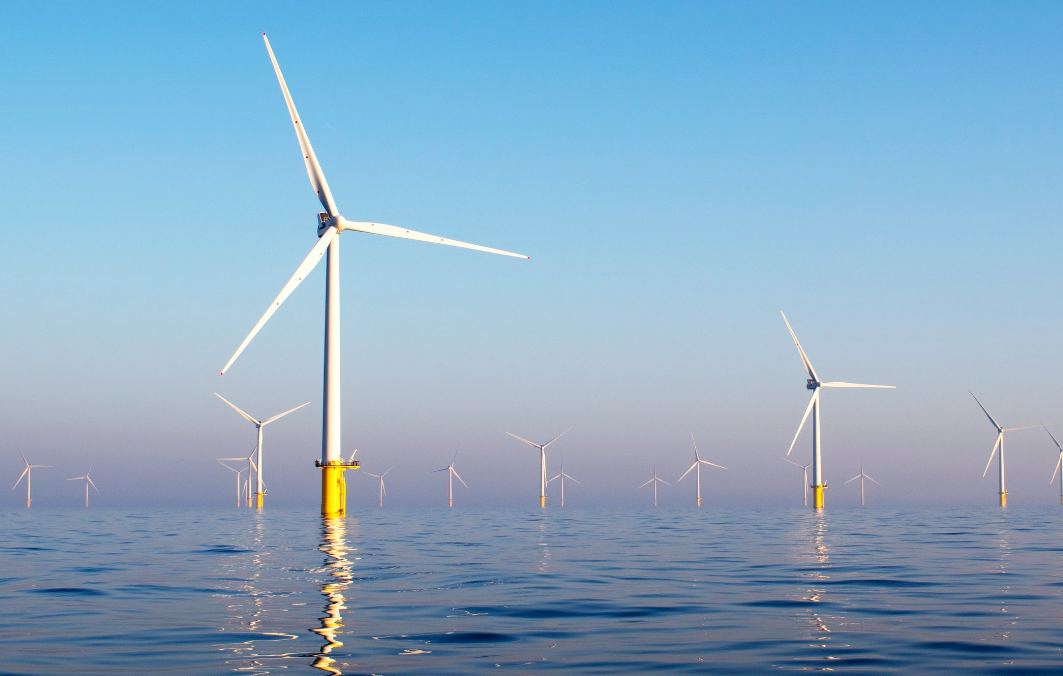Close

The Port of Hastings (PoHC) has been selected by the Victorian Government as the preferred location for the Victorian Renewable Energy Terminal (VRET), a dedicated wind turbine assembly port to support the construction of offshore wind farms along the Victorian coast.
The Port of Hastings (PoHC) has been selected by the Victorian Government as the preferred location for the Victorian Renewable Energy Terminal (VRET), a dedicated wind turbine assembly port to support the construction of offshore wind farms along the Victorian coast.
The compliance process required PoHC to develop an Environmental Effects Statement. This required complex and technical advice to formulate evaluation criteria to understand the baseline conditions in Western Port Bay and potential environmental effects of constructing and operating this critical port infrastructure.
SPM played a crucial role in assisting PoHC develop the scope for the necessary baseline and impact assessments for the VRET.
SPM’s contributed to this process by:
Technical guidance in determining the necessary baseline assessments and the extent of fieldwork to gather data on various environmental aspects incorporating:
SPM reviewed and provided advice on the suggested environmental assessments and preferred consultant teams.
SPM provided valuable information to PoHC and the EPA, contributing to the Environmental Effects Statement (EES) for the VRET project, which will be critical in outlining the project’s potential environmental impacts and proposed mitigation measures and contributing to the VRET project being developed in an environmentally responsible manner.
SPM provided valuable information to PoHC and the EPA, contributing to the Environmental Effects Statement (EES) for the VRET project, which will be critical in outlining the project’s potential environmental impacts and proposed mitigation measures and contributing to the VRET project being developed in an environmentally responsible manner.